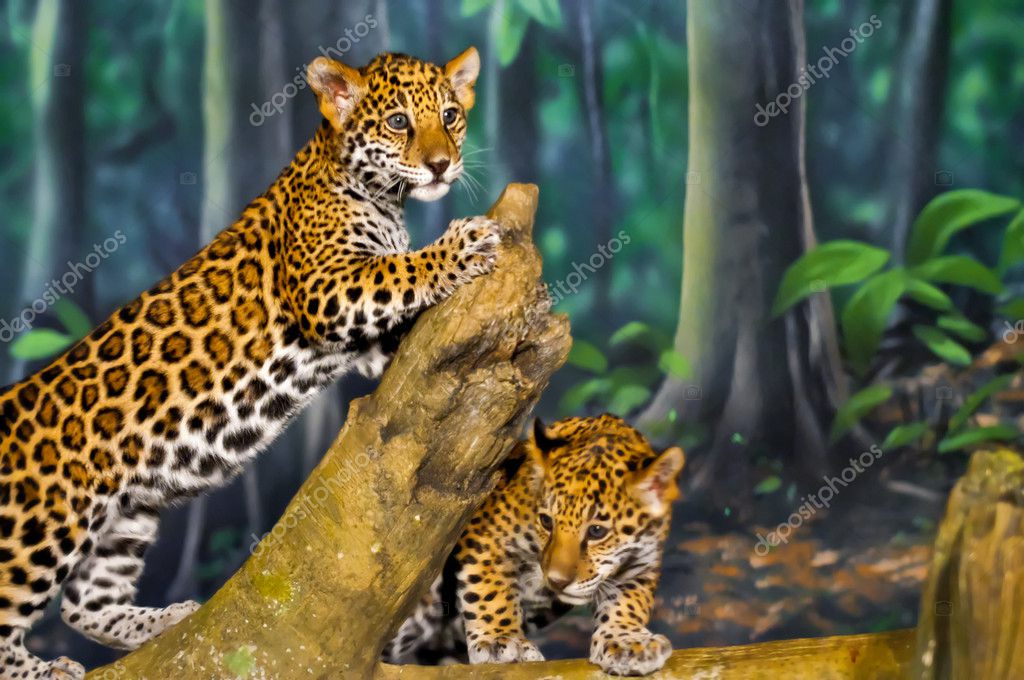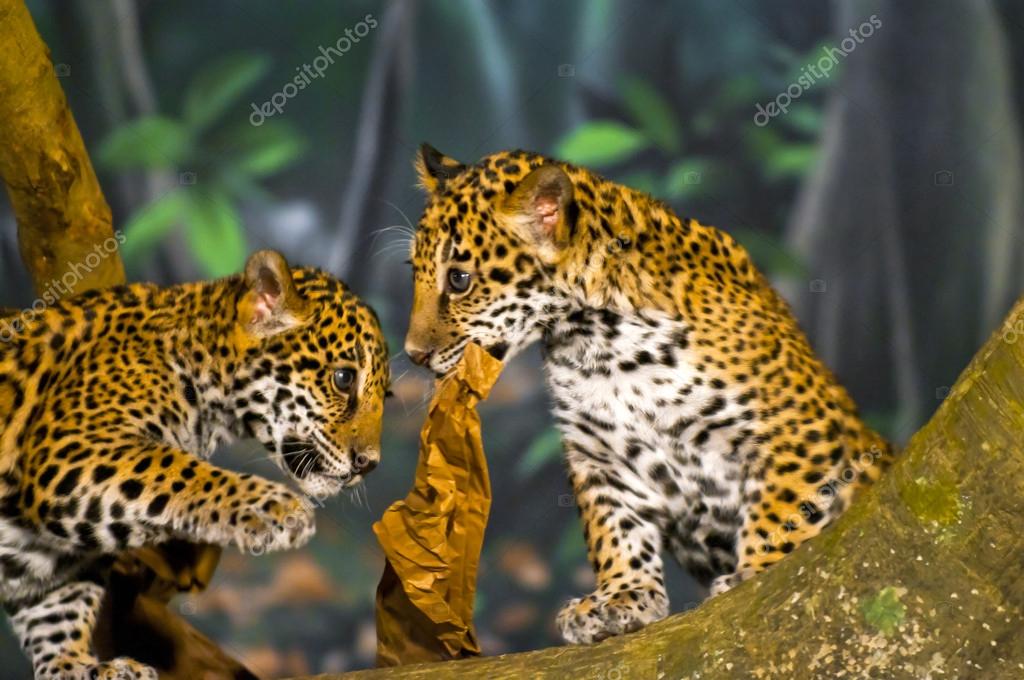When it comes to wildlife, jaguar cubs are among the most captivating creatures in the animal kingdom. These young predators, born with a natural instinct for survival, play a crucial role in maintaining the balance of their ecosystems. As the smallest members of the Panthera genus, jaguar cubs are not only adorable but also vital to the survival of their species. In this article, we'll explore the world of jaguar cubs, their development, and the challenges they face in the wild.
Jaguars, the largest cats in the Americas, are known for their striking beauty and powerful presence. However, much of their allure lies in the early stages of their life cycle, when they're cubs. Understanding the life of a jaguar cub is essential for appreciating the complexity of their species and the importance of conservation efforts. These young felines are not just cute; they are symbols of resilience and strength.
In recent years, jaguar populations have faced significant threats, from habitat loss to human-wildlife conflict. As a result, understanding the lives of jaguar cubs becomes even more critical. By learning about their behaviors, growth patterns, and the challenges they encounter, we can better protect these magnificent creatures and ensure their survival for future generations.
Read also:Recent Pictures Of Sean Connery A Legendary Icon Through Time
Table of Contents
- Introduction to Jaguar Cubs
- Life Cycle of a Jaguar Cub
- Physical Characteristics
- Habitat and Environment
- Diet and Nutrition
- Social Structure
- Threats to Jaguar Cubs
- Conservation Efforts
- Interesting Facts About Jaguar Cubs
- Conclusion and Call to Action
Introduction to Jaguar Cubs
Jaguar cubs are the offspring of one of the most majestic big cats in the world. Born blind and helpless, these cubs rely entirely on their mothers for survival during their early months. The bond between a mother jaguar and her cubs is one of the strongest in the animal kingdom, as she dedicates herself to nurturing and teaching her young how to survive in the wild.
Birth and Early Days
A typical litter of jaguar cubs consists of one to four offspring. The cubs are born after a gestation period of approximately 93 to 105 days. During the first few weeks, they remain in the den, completely dependent on their mother's care. This period is crucial for their development, as they begin to open their eyes and explore their surroundings under her watchful eye.
Life Cycle of a Jaguar Cub
The life cycle of a jaguar cub is a fascinating journey that begins with birth and ends with independence. Each stage of their development is marked by significant milestones that prepare them for life as adult jaguars.
Stages of Development
- Birth to 2 months: Cubs are blind and entirely dependent on their mother.
- 2 to 6 months: Cubs start exploring their environment and begin eating solid food.
- 6 to 12 months: Cubs learn hunting skills and develop their physical strength.
- 12 to 18 months: Cubs become more independent and eventually leave their mother's side.
Physical Characteristics
Jaguar cubs are born with a unique set of physical traits that distinguish them from other big cats. Their fur is soft and spotted, providing excellent camouflage in their natural habitat. As they grow, their spots become more prominent, helping them blend into the shadows of the forest.
Comparison with Adult Jaguars
While adult jaguars are known for their muscular build and powerful jaws, cubs are smaller and more agile. This agility is crucial for their survival, as it allows them to navigate dense forests and avoid predators.
Habitat and Environment
Jaguar cubs are native to Central and South America, where they inhabit a variety of ecosystems, including rainforests, swamps, and grasslands. Their adaptability to different environments is one of the reasons they have survived for so long in the wild.
Read also:Rachel Catudal The Rising Star In The World Of Fashion And Entertainment
Key Habitats
- Amazon Rainforest
- Pantanal Wetlands
- Tropical Forests
Diet and Nutrition
The diet of a jaguar cub is primarily influenced by its mother's hunting skills. Initially, cubs rely on their mother's milk for nutrition, but as they grow, they begin consuming meat. This transition is essential for their development, as it provides the necessary nutrients for growth and strength.
Preferred Prey
- Capybaras
- Caimans
- Monkeys
Social Structure
Unlike some other big cats, jaguars are solitary animals. However, during the early stages of a cub's life, the social structure revolves around the mother and her offspring. This bond is crucial for the cub's survival and learning process.
Maternal Care
Mother jaguars are fiercely protective of their cubs, often moving them to different dens to avoid predators. This behavior ensures the safety of the cubs and increases their chances of survival in the wild.
Threats to Jaguar Cubs
Despite their strength and adaptability, jaguar cubs face numerous threats in the wild. Habitat loss, poaching, and human-wildlife conflict are among the most significant challenges they encounter. These threats not only endanger the cubs but also the entire jaguar population.
Conservation Challenges
- Deforestation
- Hunting for Fur
- Conflict with Farmers
Conservation Efforts
Efforts to protect jaguar cubs and their habitats are ongoing. Organizations such as the World Wildlife Fund (WWF) and Panthera are working tirelessly to ensure the survival of this species. Through habitat restoration, anti-poaching measures, and community engagement, these organizations aim to create a safer environment for jaguars and their cubs.
Success Stories
Several conservation projects have reported success in increasing jaguar populations. For example, the Jaguar Corridor Initiative aims to connect jaguar habitats across their range, ensuring genetic diversity and reducing isolation.
Interesting Facts About Jaguar Cubs
Jaguar cubs are full of surprises, and their unique characteristics make them even more intriguing. Here are some fascinating facts about these young predators:
- Jaguar cubs are born with blue eyes, which gradually change to the iconic golden color of adult jaguars.
- They are excellent swimmers and often learn to fish from a young age.
- Jaguar cubs have one of the strongest bites among big cats, which they develop through play and practice.
Conclusion and Call to Action
Jaguar cubs are not just adorable creatures; they are vital to the survival of their species and the ecosystems they inhabit. By understanding their lives and the challenges they face, we can take meaningful steps toward their conservation. We invite you to share this article, support conservation efforts, and learn more about the fascinating world of jaguar cubs. Together, we can make a difference in protecting these magnificent animals for future generations.
Call to Action: Leave a comment below sharing your thoughts on jaguar conservation or explore other articles on our site to learn more about wildlife preservation.


